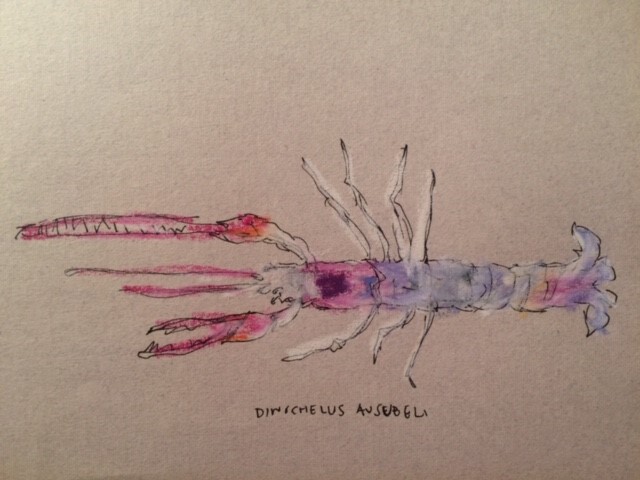Jesse Ausubel gave a talk on “eDNA: Prospects and Challenges” at NOAA’s Northeast Fisheries Sciences Center on 18 October 2019. To view the talk visit here for a webinar link. Please skip the first 15 minutes, which are just chatter waiting for the seminar to begin
Blog
A Decade of Deep Carbon Research
Nature has assembled a collection of papers originating under the auspices of the just-concluded ten-year Deep Carbon Observatory project, sponsored by the Sloan Foundation. An interview with two of the project’s leaders can be found here
Whales and eDNA in NY waters Podcast
NYU science journalism grad student Kaitlyn Jeanne Nichols’s podcast follows the return of whales to NY and interviews Mark on how eDNA is helping reveal animal life in NYC waters. https://soundcloud.com/user-833449477/chasing-whales-in-new-york-city (segment starts at 7:30).
Environmental Populism
On September 23, 2019 PHE Senior Research Associate Iddo Wernick delivered at talk on ‘Environmentalism and Populism‘ at at meeting of the Breakthrough Institute in Middleburg, Virginia.
The DNA They Leave Behind

Marine eDNA’s rapid progress and future potential highlighted by science writer Cheryl Lyn Dybas in September 2019 Oceanography, including commentary from Jesse Ausubel and Mark Stoeckle, and drawing on last November’s Rockefeller-Monmouth-sponsored National Conference on Marine eDNA.
Painting of the Ausubel family lobster

Massachusetts artist Olivia Pattison who paints an animal each day has painted the Dinochelus ausubeli, the deepwater lobster named for the Ausubel family.
CSM article on eDNA
The Christian Science Monitor posted an article Message in a bottle: Forensics meets marine science with eDNA that features the work of PHE researcher Dr. Mark Stoeckle and highlights PHE’s ongoing collaboration with the New Jersey Bureau of Marine Fisheries and researchers at the Monterey Bay Aquarium Research Institute (MBARI).
Gowanus eDNA
Sea Technology magazine editorial on eDNA by Stoeckle & Ausubel
The June 2019 issue of Sea Technology Magazine opens with an editorial by Mark Stoeckle and Jesse Ausubel on The eDNA Revolution.
ECO special issue on IQOE
In a special issue on ocean sound, the publication ECO – Environment, Coastal, Offshore published an article Introducing the International Quiet Ocean Experiment. The article is authored by partners in the IQOE program including PHE, SCOR, the Netherlands Organization for Applied Scientific Research, Florida Atlantic University, the University of New Hampshire, the Nansen Environmental and Remote Sensing Center, POGO, and the University of Exeter.